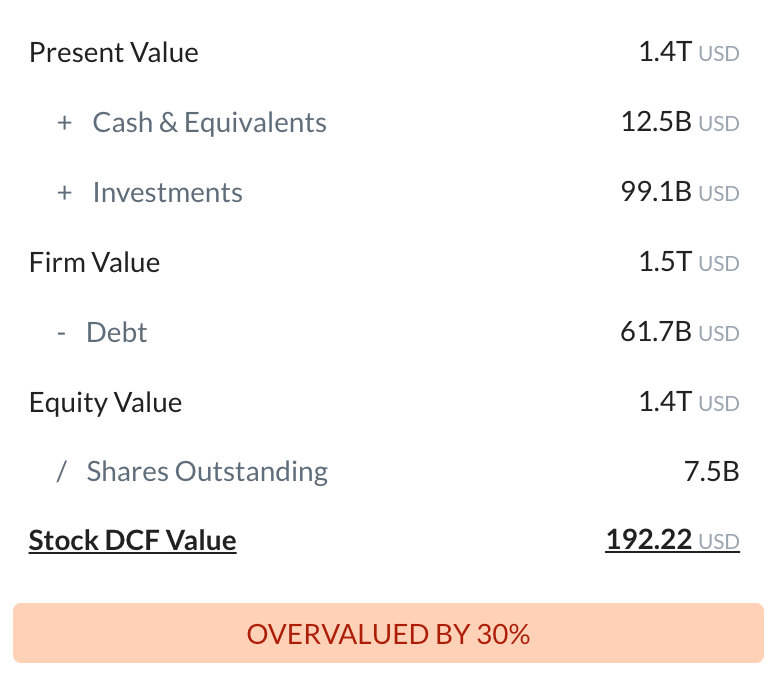
Tapestry Inc
NYSE:TPR

Intrinsic Value
The intrinsic value of one
 TPR
stock under the Base Case scenario is
70.29
USD.
Compared to the current market price of 65.09 USD,
Tapestry Inc
is
Undervalued by 7%.
TPR
stock under the Base Case scenario is
70.29
USD.
Compared to the current market price of 65.09 USD,
Tapestry Inc
is
Undervalued by 7%.
The Intrinsic Value is calculated as the average of DCF and Relative values:

Valuation History
Tapestry Inc

Fundamental Analysis

Tapestry's reliance on the accessible luxury market makes it vulnerable to slowing consumer demand in a recessionary environment, potentially impacting sales of Coach, Kate Spade, and Stuart Weitzman more severely than higher-end luxury peers.
Tapestry’s multi-brand portfolio strategy provides diversification and cross-selling opportunities, positioning the company to capture a broader range of aspirational consumers across Coach, Kate Spade, and Stuart Weitzman.

Revenue & Expenses Breakdown
Tapestry Inc

Balance Sheet Decomposition
Tapestry Inc

| Current Assets | 2.8B |
| Cash & Short-Term Investments | 1B |
| Receivables | 564.6m |
| Other Current Assets | 1.2B |
| Non-Current Assets | 4.5B |
| PP&E | 1.7B |
| Intangibles | 2.6B |
| Other Non-Current Assets | 189m |
Free Cash Flow Analysis
Tapestry Inc

| USD | |
| Free Cash Flow | USD |
Earnings Waterfall
Tapestry Inc

|
Revenue
|
6.8B
USD
|
|
Cost of Revenue
|
-1.7B
USD
|
|
Gross Profit
|
5.1B
USD
|
|
Operating Expenses
|
-3.9B
USD
|
|
Operating Income
|
1.2B
USD
|
|
Other Expenses
|
-388.4m
USD
|
|
Net Income
|
795.7m
USD
|
TPR Profitability Score
Profitability Due Diligence

Tapestry Inc's profitability score is 67/100. The higher the profitability score, the more profitable the company is.

Score
Tapestry Inc's profitability score is 67/100. The higher the profitability score, the more profitable the company is.
TPR Solvency Score
Solvency Due Diligence

Tapestry Inc's solvency score is 39/100. The higher the solvency score, the more solvent the company is.

Score
Tapestry Inc's solvency score is 39/100. The higher the solvency score, the more solvent the company is.
Wall St
Price Targets
TPR Price Targets Summary
Tapestry Inc

According to Wall Street analysts, the average 1-year price target for
 TPR
is 91.79 USD
with a low forecast of 60.44 USD and a high forecast of 115.5 USD.
TPR
is 91.79 USD
with a low forecast of 60.44 USD and a high forecast of 115.5 USD.
Dividends
Current shareholder yield for  TPR is
.
TPR is
.
Shareholder yield represents the total return a company provides to its shareholders, calculated as the sum of dividend yield, buyback yield, and debt paydown yield. What is shareholder yield?
The intrinsic value of one
 TPR
stock under the Base Case scenario is
70.29
USD.
TPR
stock under the Base Case scenario is
70.29
USD.
Compared to the current market price of 65.09 USD,
 Tapestry Inc
is
Undervalued by 7%.
Tapestry Inc
is
Undervalued by 7%.























































 You don't have any saved screeners yet
You don't have any saved screeners yet